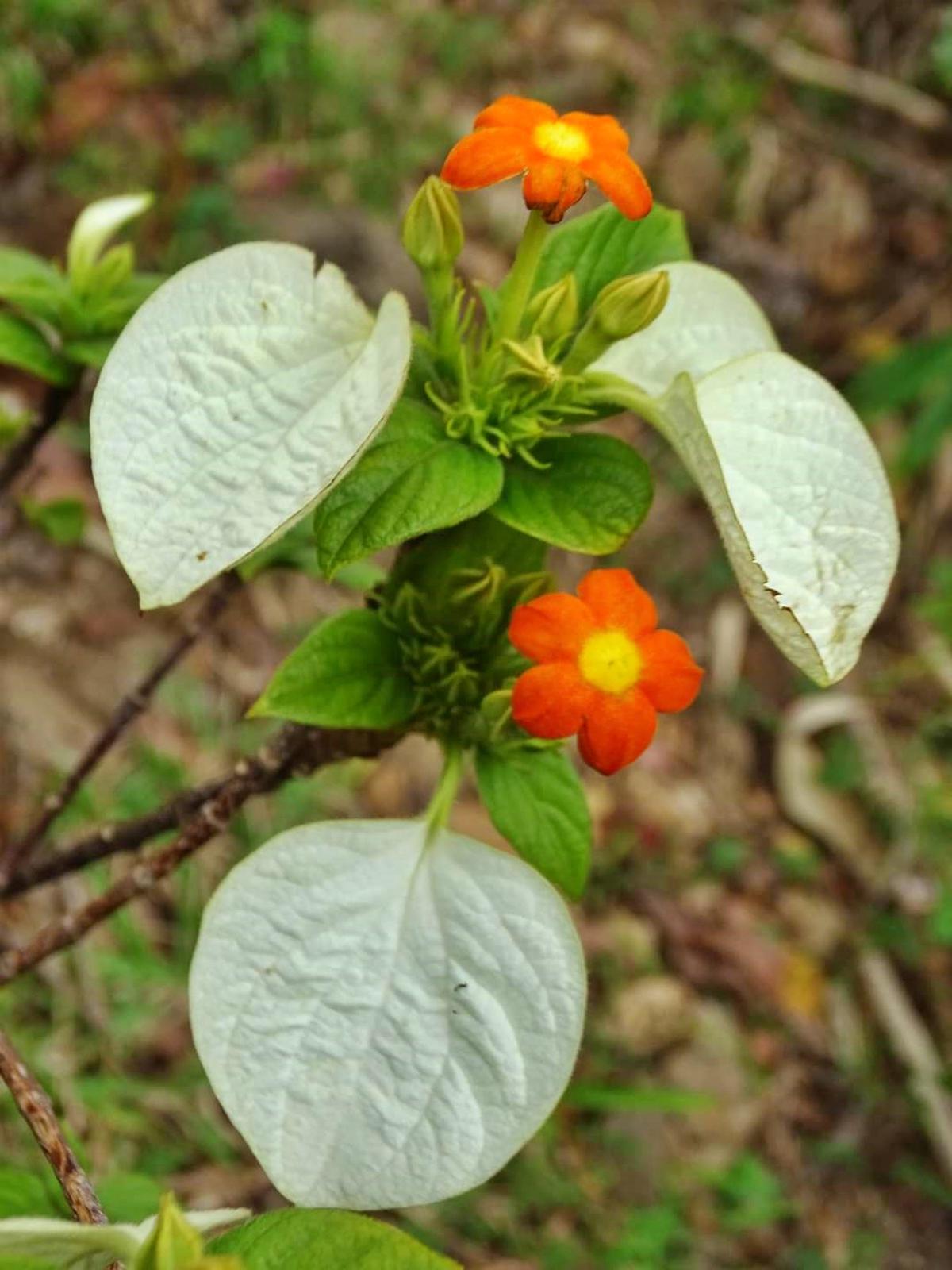A team of dedicated scientists from the Botanical Survey of India (BSI) has made a remarkable breakthrough, uncovering two previously unknown plant species amidst the lush greenery of the Western Ghats. These novel species, identified as Musseanda conferta and Rungia longistachya, further enrich the remarkable biodiversity of the Western Ghats, a UNESCO World Heritage Site acclaimed for its unparalleled plant and animal life.
Musseanda conferta, a member of the Rubiaceae family, was discovered within the rocky terrains of Kanyakumari Wildlife Sanctuary. This shrub-like plant stands out with its dense clusters of star-shaped flowers, adorned in hues of white and yellow. Its distinctive floral arrangement distinguishes it from its close relatives, earning it a unique place among the Musseanda genus.
Rungia longistachya, on the other hand, belongs to the Acanthaceae family and was found thriving in the evergreen forest patches of the Western Ghats’ southernmost reaches. This herbaceous plant, characterized by its long, slender spikes of purple flowers, adds a vibrant splash of color to the region’s diverse flora. Its unique floral morphology sets it apart from other Rungia species, further emphasizing the exceptional biodiversity of the Western Ghats.
The discovery of these two new plant species underscores the importance of continued exploration and conservation efforts in the Western Ghats. These efforts not only protect the region’s rich biodiversity but also contribute to a deeper understanding of the natural world and its intricate connections. As scientists delve further into the Western Ghats’ unexplored corners, the potential for uncovering additional new species remains immense.
